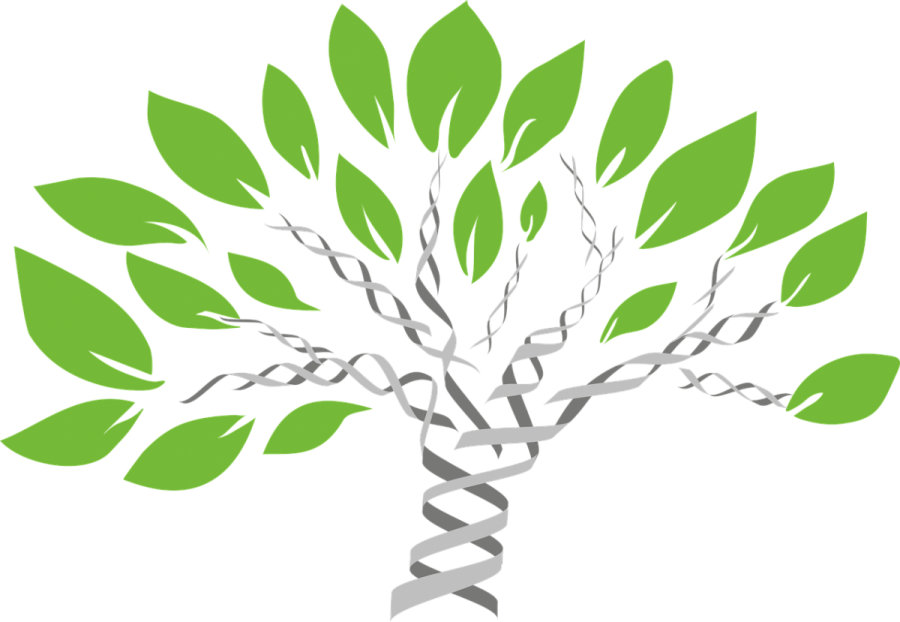
Seeing the Forest for the Genes
A first of its kind study uses bioinformatics to help answer ecological questions about plant defenses and tree community dynamics
Until recently, studies of plant and animal communities were limited by what researchers could see and measure on the ground. Biologists and ecologists relied on their detailed observations of physical characteristics of the living world, such as a tree’s height, leaf size, and how vulnerable they are to natural enemies. But thanks to recent advances, and reductions in the cost of genome sequencing, ecologists can now look into the genomes of species to unlock some of the secrets of how plant and animals assemble into diverse and productive communities.
A recent issue of the Journal of Ecology includes a special feature highlighting these advances in bioinformatics and how they can help inform community ecology.
“Genetic information can be used to answer important questions related to the structure and dynamics of natural forests,” said Dr. Jenny Zambrano, a postdoctoral research fellow at the National Socio-Environmental Synthesis Center (SESYNC). Dr. Zambrano’s Postdoctoral research at SESYNC involves using genetic information from study sites with long-term vegetation data to understand the interactions between environmental conditions, tree demographics, and tree community dynamics.
Dr. Zambrano recently led a paper in the Journal of Ecology’s special issue, which examined the genetic information related to plant defense of a tree community in Wisconsin. Because trees are under constant attack by insects and pathogen diseases, how they protect themselves, their defenses, are an important part of their health, and the health of tree communities.
“What we found is tree survival and growth are better when trees are surrounded by species with different defense genes,” said Dr. Zambrano.
This finding corroborates a long-standing ecological hypothesis—called the Janzen-Connell hypothesis—which predicts trees are at a disadvantage if their neighbors share the same natural enemies. For example, if a cluster or neighborhood of trees are vulnerable to similar pests, like a beetle, these pests might focus on that neighborhood of trees. But if trees within the cluster have different defense mechanisms, then natural enemies will have limited food sources in that cluster, and won’t be able to take over.
Dr. Zambrano collaborated with Dr. Nathan Swenson, associate professor of biology at the University of Maryland, and members of his lab to publish the research.
Dr. Zambrano analyzed genetic data from 21 tree species in northern Wisconsin, from a plot in the Chequamegon-Nicolet National Forest. They found the growth rate of trees was greater when trees in the neighborhood had different plant defense genes. The research also showed that tree survival was correlated with defense-related gene dissimilarity.
The plot is called the Wabikon Lake Forest Dynamics Plot and is a part of the Smithsonian's Forest Global Earth Observatory research network, which is a global network of forest research plots and scientists studying tropical and temperate forest function and diversity.
This research is the first of its kind analysis of tree performance and defense-related gene similarity across a tree community. It also presents a novel approach to explore how recent advances in bioinformatics can be widely used to answer important question related to the structure and dynamics of natural forests.